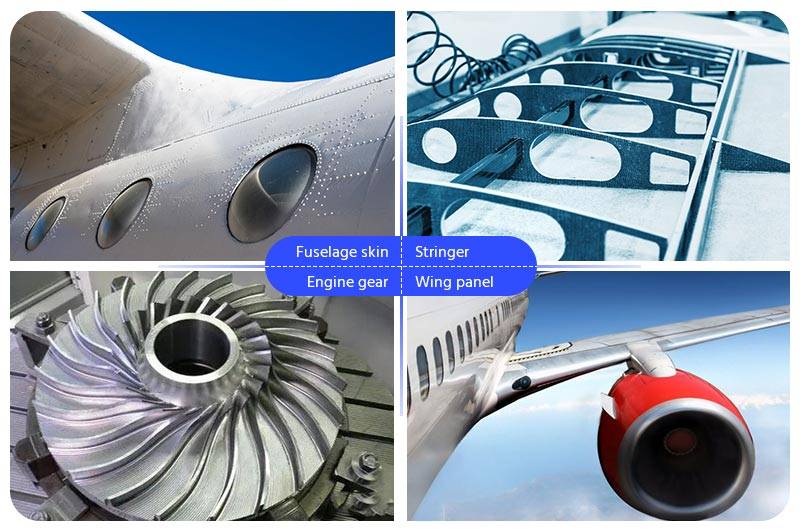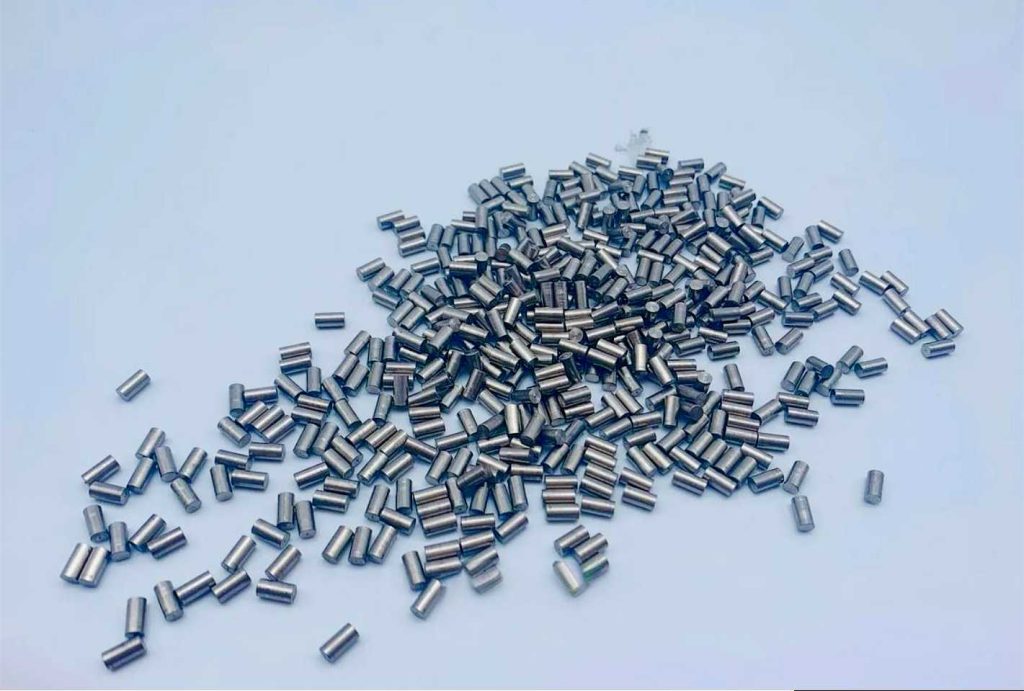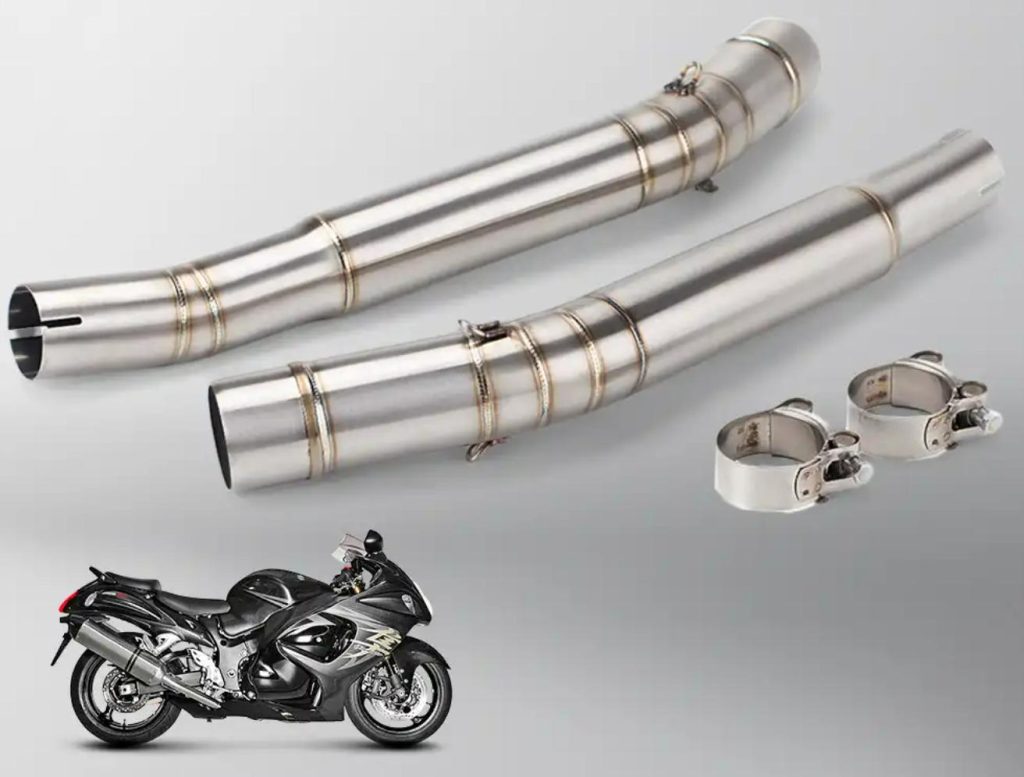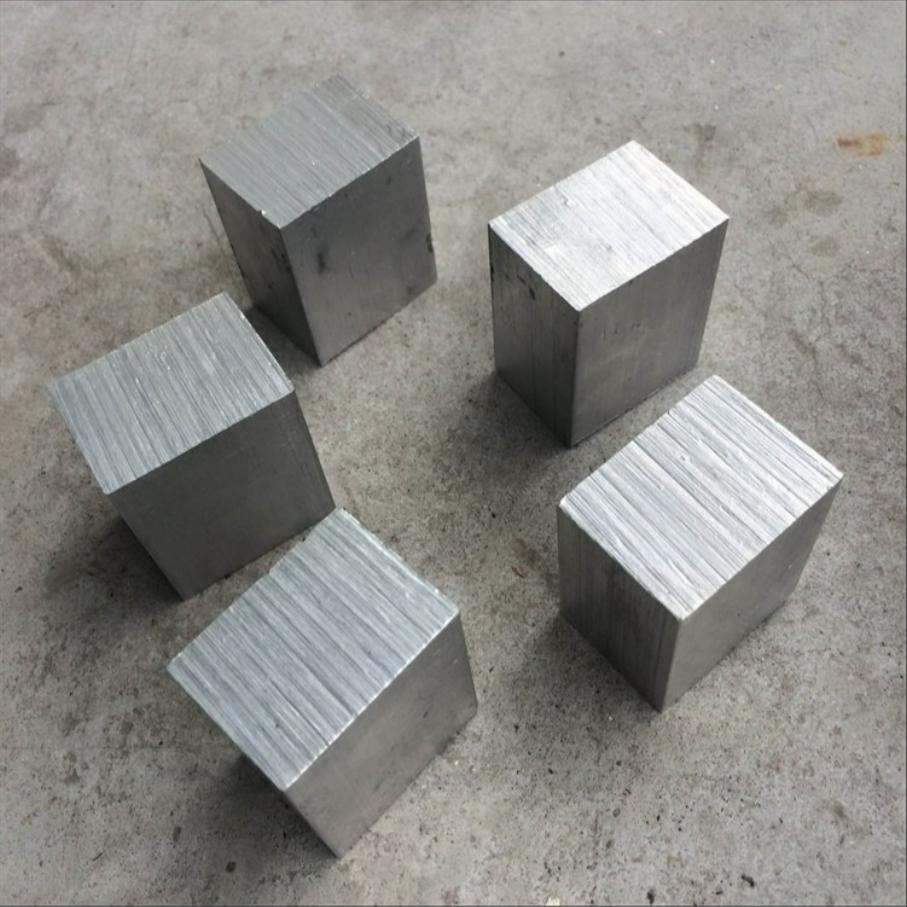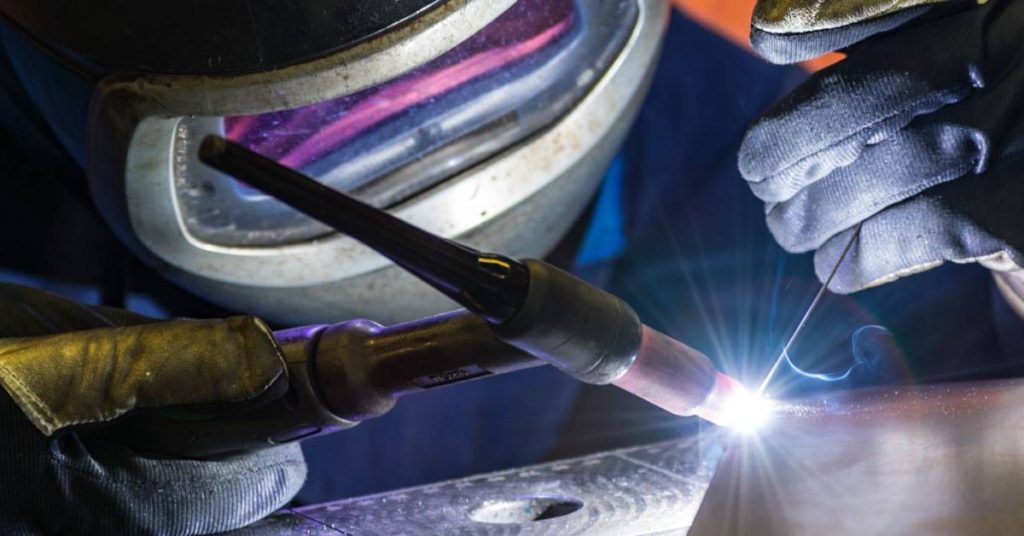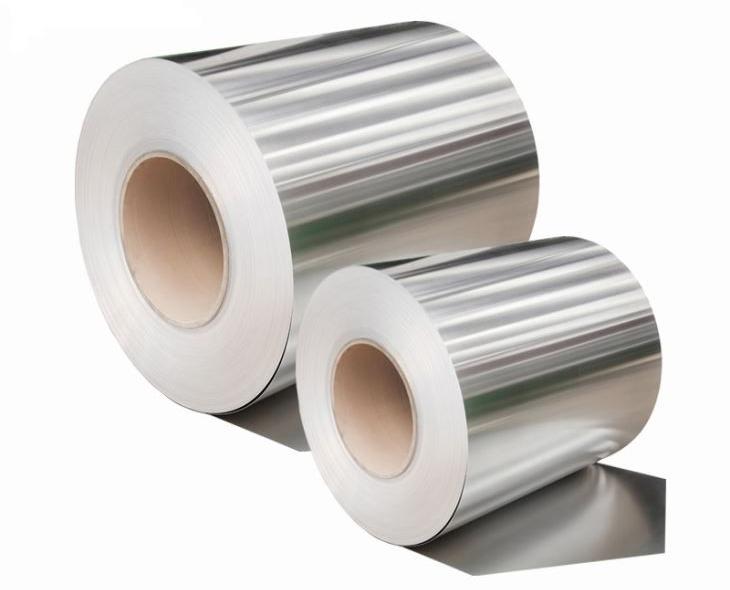Because of their durability, ease of use, and aesthetic appeal, Aluminium Trim Strips are used in modern construction and design and are featured in both indoor and outdoor locations. But consumers and professionals alike often misunderstand the differences between strips intended for outdoor and indoor use. Using the wrong strip can impact the aesthetic and result in a loss of value and function, in addition to increased maintenance costs, and safety concerns. Here we discuss the differences between indoor and outdoor use aluminium trim strips focusing on three main criteria: weather resistance, structural strength, and installation techniques.
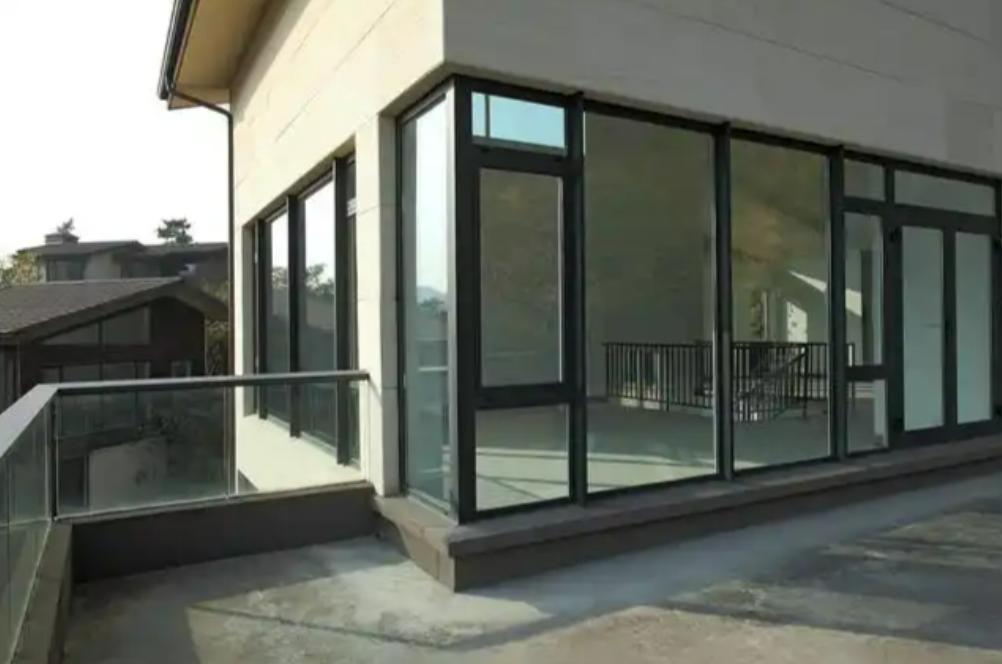
Specific Applications of Aluminium Trim Strips
Aluminum trim strips have a wide range of applications. Indoors, they primarily serve as finishing, beautification, protection, and partitions. Outdoors, they must withstand harsh environments, prioritizing weather protection, structural sealing, and architectural aesthetics. Here’s a summary of their common applications:
| Application Scenario | Specific Application Examples | Primary Function | Common Types / Treatment |
| Interior Applications | |||
| Ceilings & Coffers | Partition lines, light trough finishing | Decoration, concealing imperfections, zoning | Narrow strips, various colors (spray paint, oxidation) |
| Walls & Corners | Corner guards, decorative lines, material transitions | Protection, impact resistance, transition, aesthetics | L-shaped corner guards, T-shaped joint strips, flat decorative strips |
| Flooring & Skirting Boards | Floor edge trim, metal skirting boards | Covering gaps, wall protection, moisture resistance | Various profiles (flat press, step-down, stair nosing), wear-resistant treatment |
| Kitchens & Bathrooms | Tile edge trim, countertop edging | Edge protection, waterproofing, easy cleaning, aesthetics | L-shaped, U-shaped, T-shaped tile edging (often anodized or electrophoretic finish) |
| Furniture & Doors/Windows | Furniture edging, cabinet door decoration, glass door frames | Sealing edges, decoration, structural fixing | Various custom shapes, anodized or sprayed finish |
| Exterior Applications | |||
| Building Facades | Curtain wall edging, decorative lines, window sill capping | Weather resistance, waterproofing, decoration, structural connection | PVDF Coating, thicker gauges, special designs with sealant channels |
| Doors, Windows & Openings | Door/window wrapping, joint sealing | Waterproof sealing, improved air tightness, aesthetics | Designs with gasket channels, weather-resistant treatment |
| Roofs & Eaves | Roof edge finishing, eave drip edges | Wind/rain resistance, water drainage, structural protection | Highly weather-resistant coatings, specially bent shapes |
| Protective & Functional Parts | Bumpers / protective strips, drainage channels | Protection, warning, drainage | High-strength alloys, conspicuous colors (e.g., yellow bumper strips) |
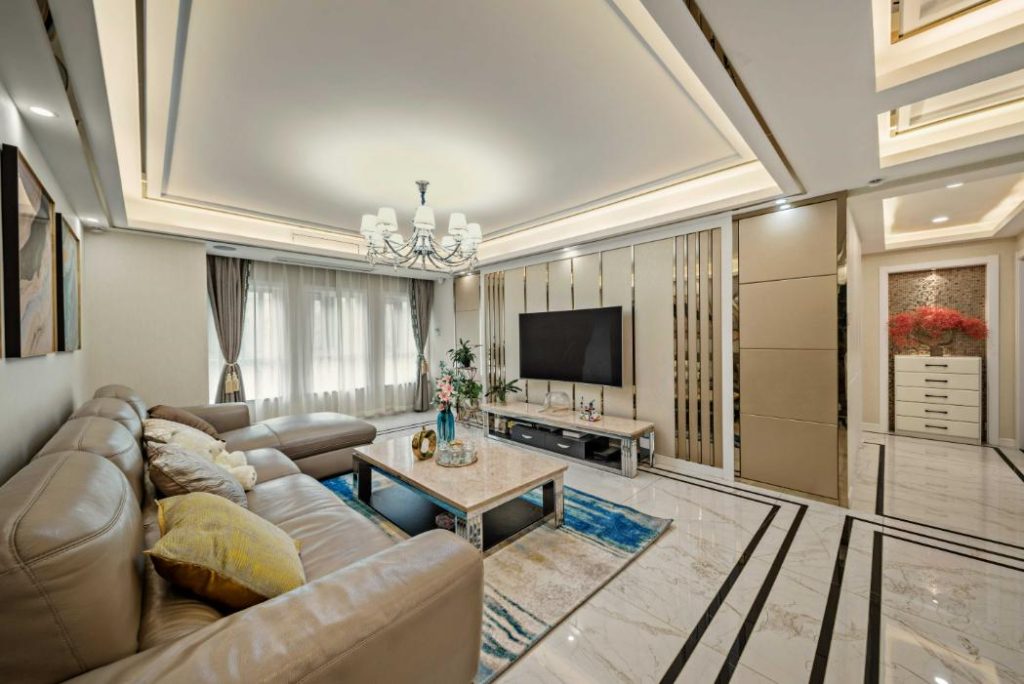
3 Core Differences
Treatments of the Surface and Resistance of Weather: Primary Issues Regarding the Protective Elements Concerning the Environment.
According to the performance evaluation of the Aluminium Trim Strips, the differences in the implementation of techniques of surface treatment and the selection of the appropriate materials are based on whether the aluminium trim strips are to be installed in an indoor or outdoor setting.
The outer domestic and commercial environments are the most challenging ascribed hostile conditions to aluminium trim strips. The factors are UV radiation, rainfall, changes in temperature and atmospheric pressure, and to some extent pollution and salt deposit (coastal areas) which accelerates the trim strips aging, fading and corrosion. To mitigate these challenges, aluminium trim strips must incorporate weather-resistant surface treatments such as Polyvinylidene Fluoride (PVDF) coating. This technique has outstanding resistance to UV radiation, which lasts for decades. It also has self-cleaning and corrosion resistance, which all protect against rainwater erosion.
In most cases, indoor environments are deemed gentler. This is primarily due to the factors such as the moisture, cleaning agents and wear ascribed to the surfaces, as opposed to wear and tear. Therefore, the treatment of surfaces for indoor aluminium trim strips can disregard concerns of expensive CAD surface treatments and prioritization of the surface treatment to the aesthetics. The treatments for this include:
- Anodizing: An anodization process provides a hard, durable oxide layer with elegant color and strong metallic feel, providing additional corrosion protection and lasting beauty.
- Powder Coating: Powder coating offers a broad palette of colors at competitive costs to meet the corrosion protection needs of indoor environments.
- Electrophoretic or Wood Grain Transfer: Create special decorative effects such as simulating wood grain or specific colors using electrophoretic or wood grain transfer technology.
Here is the Compare Common Surface Treatment Processes for Indoor/Outdoor Aluminium Trim Strips:
| Process | Key Characteristics | Typical Application | Expected Life (Outdoor) | Relative Cost |
| PVDF Coating | Superior UV, corrosion, & weather resistance; color retention | Building facades, outdoor components | 20+ years | High |
| Anodizing | High hardness, abrasion resistance, metallic feel; limited colors | Interior decor, furniture | Not recommended long-term outdoors | Medium |
| Powder Coating | Rich colors, cost-effective; lower weatherability than PVDF | Interior, semi-outdoor (e.g., canopies) | 5-8 years (semi-outdoor) | Low |
Be mindful that inferior products or processes may fail to meet expected weather resistance standards, with indoor-grade powder-coated strips used outdoors showing significant fading and coating deterioration within one year of outdoor exposure. When selecting Aluminium Trim Strip suppliers for exterior applications, be sure that surface treatments meet required specifications while prioritizing those with an established track record.
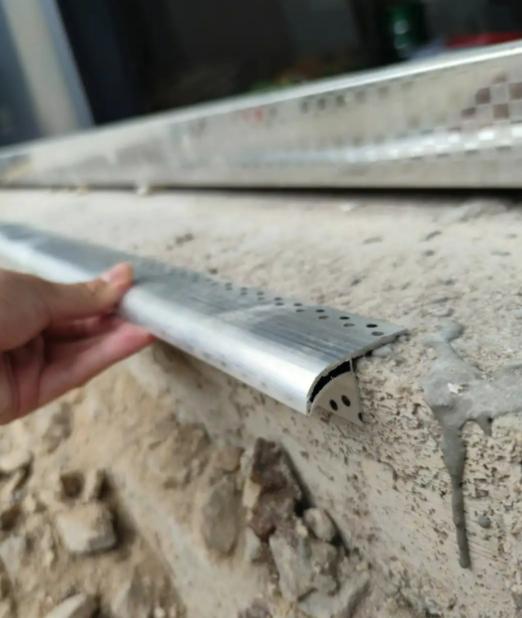
Material & Structural Strength: Design Considerations for Load-Bearing and Impact Resistance
The mechanical environments encountered by indoor and outdoor Aluminum Trim Strips vary greatly, which has an enormous effect on material selection, thickness design, and structural strength.
Outdoor strips must withstand wind pressure, rain/snow load, impact (e.g. hailstones), thermal stress and corrosion pressures from all directions, so they are typically constructed using stronger aluminum alloys like 6063 or 6061 (common in architectural profiles) that offer good mechanical properties as well as resist stress corrosion cracking such as T5 temper.
Thickness is another critical metric of structural strength. Outdoor strips need to be thicker for rigidity and resistance against deformation; those used on building facades often range between 1.2mm to 2.0mm thick to resist positive and negative wind pressure without bowing under load. Conversely, indoor strips exposed to milder environments with no significant loads can often be thinner, often between 0.8mm and 1.2mm for decorative needs while saving material costs.
Here are the Recommended Thickness Ranges for Indoor/Outdoor Aluminium Trim Strips:
| Application Context | Recommended Thickness | Common Alloy Series | Primary Consideration |
| Building Facades / Outdoor | 1.2mm – 2.5mm+ | 6063, 6061 | Wind load, impact resistance, stability |
| Indoor Ceiling / Walls | 0.8mm – 1.2mm | 1060, 3003, 6063 | Cost, weight, ease of fabrication |
| Semi-Outdoor (e.g., Canopy) | 1.0mm – 1.5mm | 5005, 6063 | Balance weather resistance & cost |
Apart from material and thickness, the structural design of strips is crucial. Outdoor strips may require internal reinforcement, special clip systems, or integration with thermal break structures to enhance load-bearing capacity, resistance to deformation, and avoid thermal bridging; indoor strip designs typically prioritize ease of installation and aesthetics while featuring less complex structures.
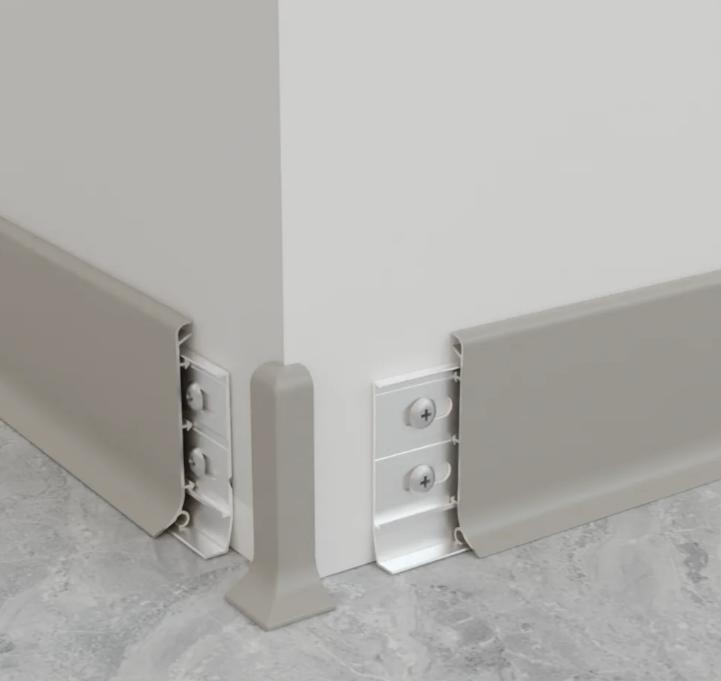
Installation Methods and Thermal Effects Management Are Key for Long-Term Stability
Aluminium Trim Strip installations and thermal management strategies are integral parts of their long-term stability, with distinct differences between indoor and outdoor uses.
Installing outdoor strips requires careful and secure fastening to seal off against weather-induced changes, given their vulnerability to wind gusts and thermal expansion/contraction due to temperature variations. Common fixing methods for strips include:
- Angle Brackets + Mechanical Fasteners (Screws/Bolts): Angle brackets installed pre-fixed or post-installed using stainless steel screws are the primary method used for fastening structures together. This technique offers secure attachment to main structures.
- Supplemental High-Performance Structural Sealant: High-performance silicone structural sealant can be an invaluable support source in high-rise applications or specific substrates, but is rarely the sole support solution.
Outdoor installations must account for thermal expansion and contraction by installing expansion joints, with aluminum’s linear expansion coefficient estimated at approximately 0.023 mm/m/degC; therefore if subjected to temperature changes of 40 degC over 10 meters long strips the expansion/contraction can reach 9.2mm. Failure to leave enough space could result in buckling, deformation, or connection point failure resulting in serious consequences such as buckling.
Indoor aluminium trim strips require flexible installation methods that focus on substrate protection, ease of installation and finish quality. Common methods of installation for indoor aluminium trim strips include:
- High-Strength Double-Sided Tape: Ideal for lightweight, narrow strips; minimizes wall damage.
- Clip-Based Systems: Clip-based systems make disassembly and replacement easier.
- Light-Gauge Nailing or Adhesive Combinations: Ideal for wood or drywall substrates.
Indoor temperature variations tend to be far less extreme than outside, which means thermal movements are much smaller and do not typically necessitate large expansion joints.
Thermal conductivity is another crucial element of thermal management. Aluminum alloys boast excellent thermal conductivity, which makes them great for heat dissipation due to sunlight. But in areas requiring thermal insulation and energy conservation, exterior aluminum trim strips may require thermal break design to block heat conduction paths, prevent cold bridge formation and increase overall building energy efficiency; this typically is not an issue when installed indoors.
Final Advice
Before choosing an aluminium trim strip, it is important to assess the environment and the technical specifications. Respecting climate conditions plays an important role in the success and long-term maintenance of the project. For example, outdoor aluminium trim strips require greater weather and climate resistance. Outdoor aluminium trim strips must also be installed differently. Different structural strengths also affect the success of the project. Below are some final advice regarding your choice:
- The environment is most important. For outdoor applications, resistance to weather conditions, structural strength, and permanence are critical. For indoor use, lightness and cost are the most important, while for outdoor use the strip should be robust, and anodising, powder coating, and trim strips are sufficient.
- Key parameters must be confirmed. Always confirm the quote or specifications with the supplier and/or engineer before making a purchase to confirm the alloy grade, thickness, surface treatment (fluorocarbon coating), and quality certification (if applicable). Appearance and cost should be the least of your concerns.
- Design specifications must be respected for outdoor trim strips. An effective installation method/system must be used and thermal expansion and contraction must be accounted for.
- Do not assume an indoor product will merely be inadequate for outdoor use. Outdoor products are also poorly designed—abrasive thickness is a misconception.
We trust that this article will help you make more informed and reliable decisions regarding the selection of aluminium decorative strips for upcoming endeavours, guaranteeing that these elements provide enduring beauty.


